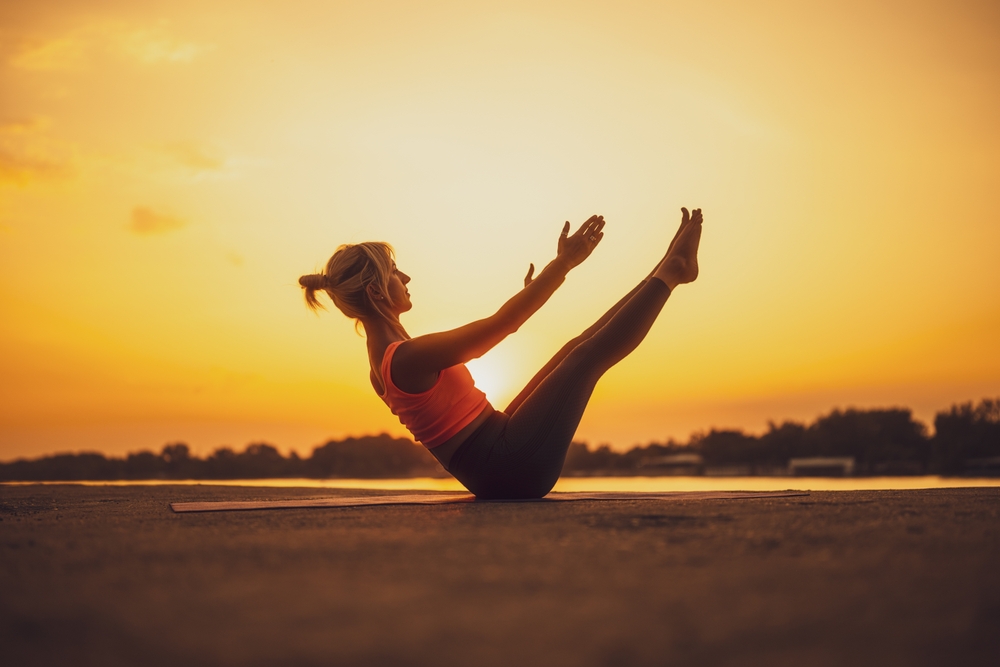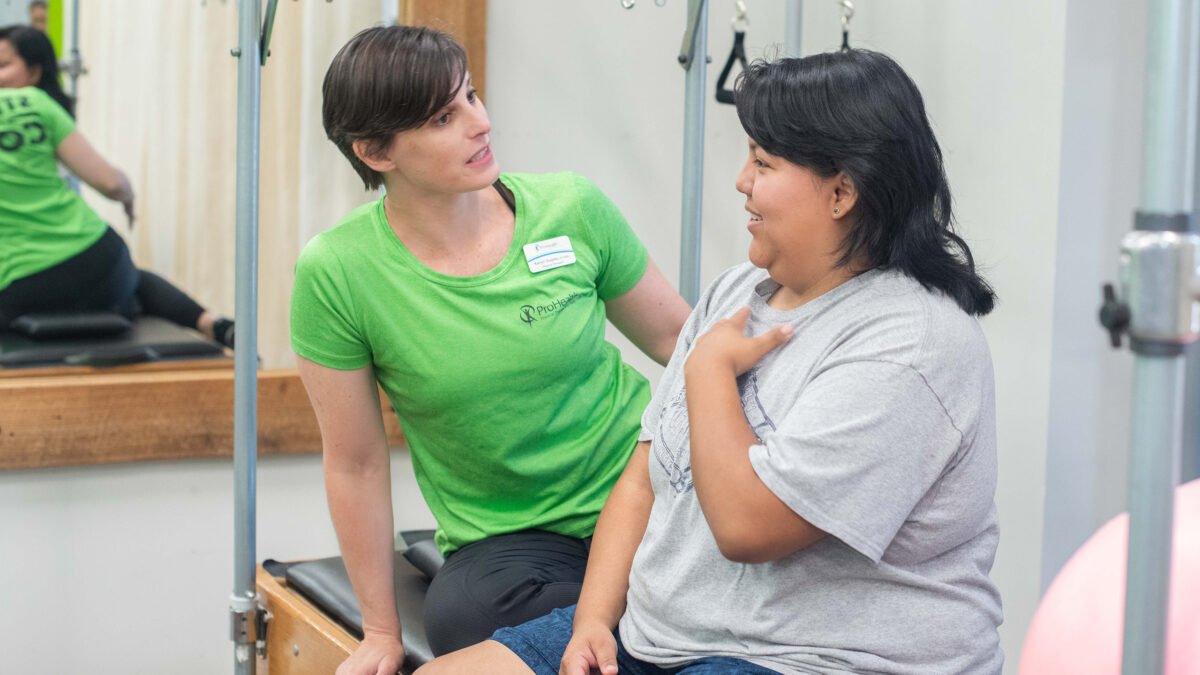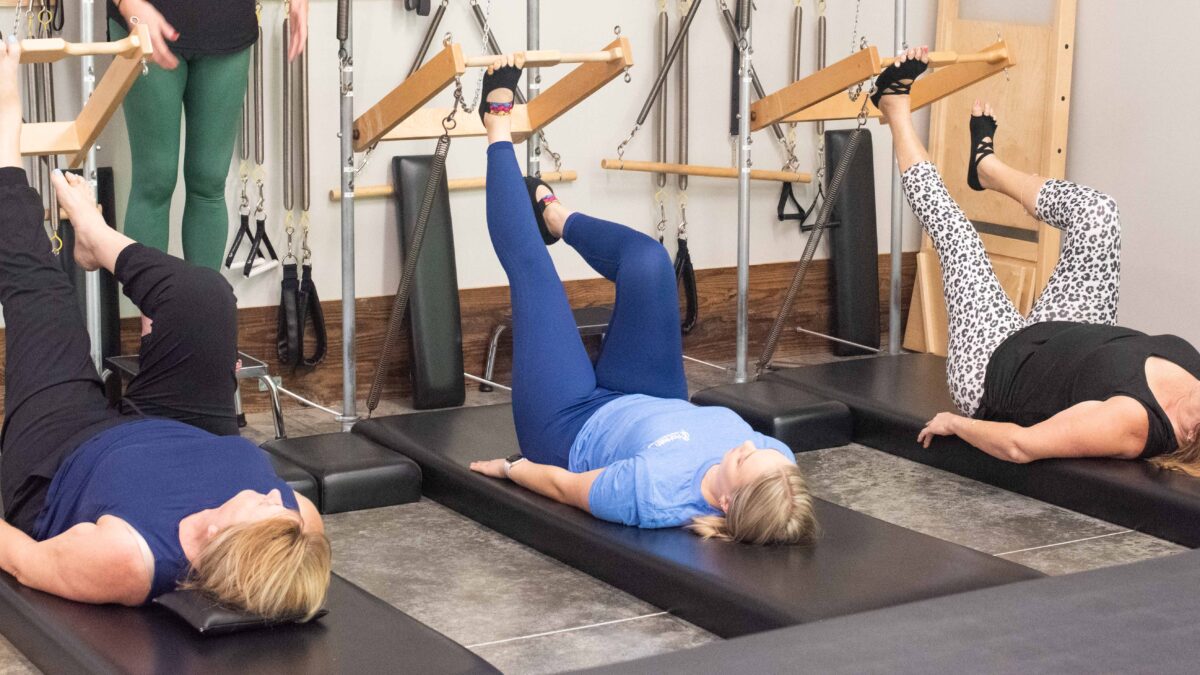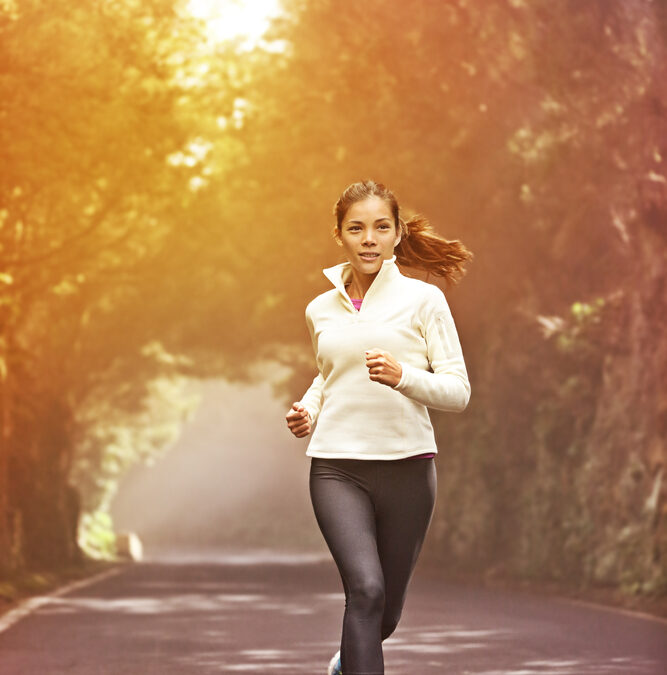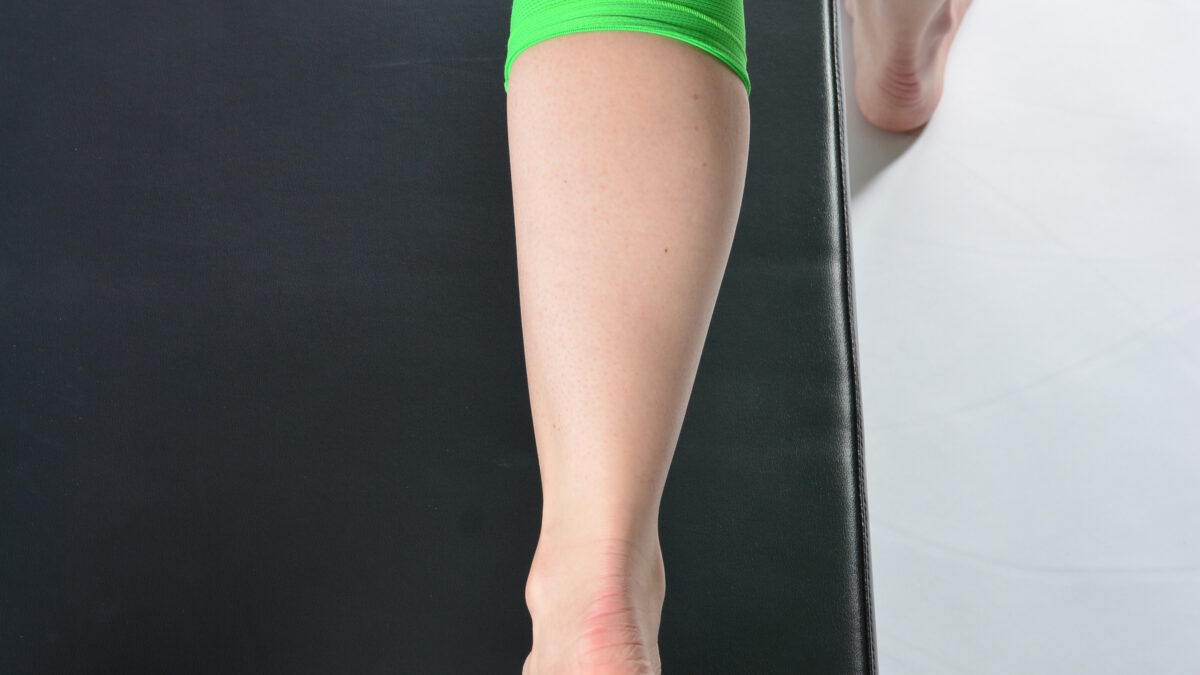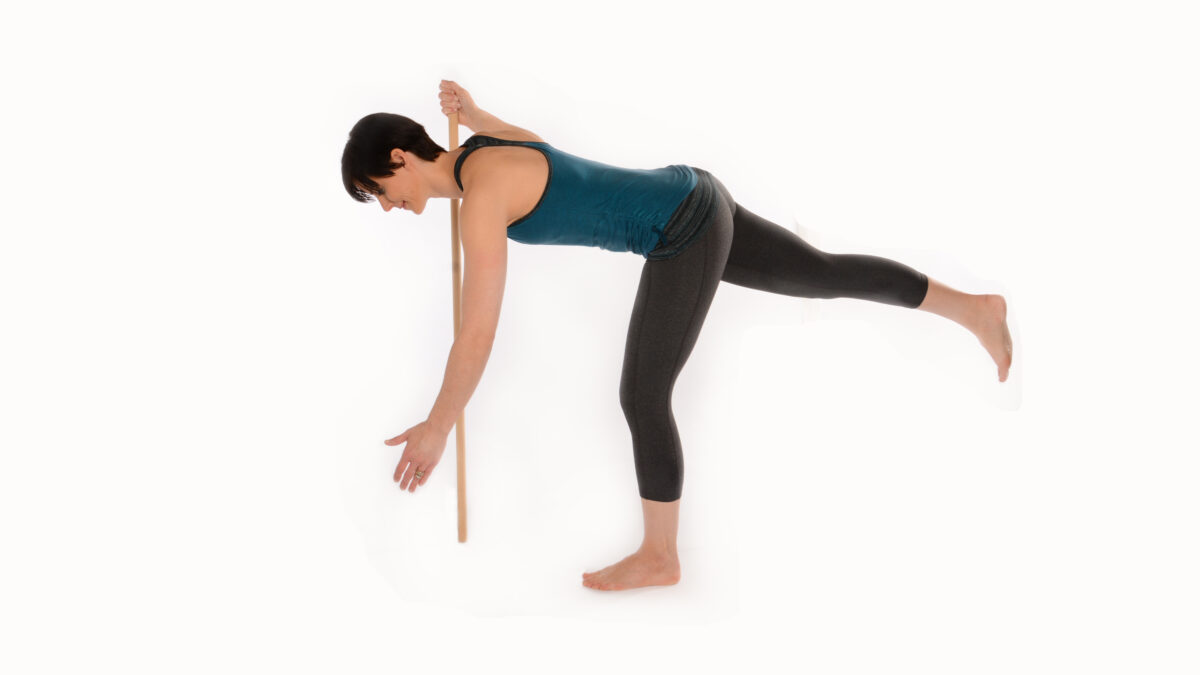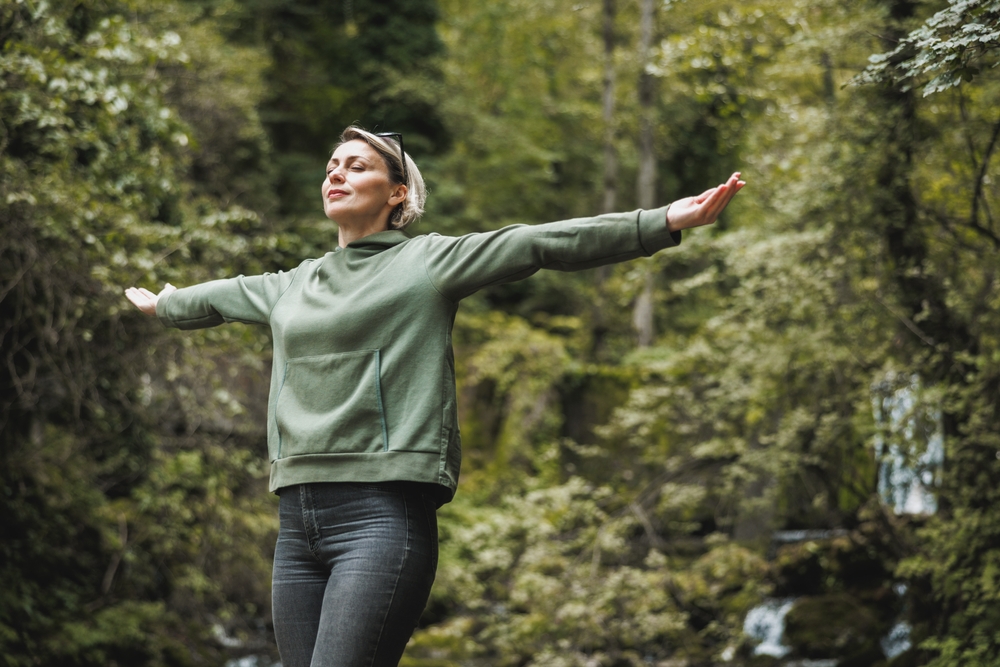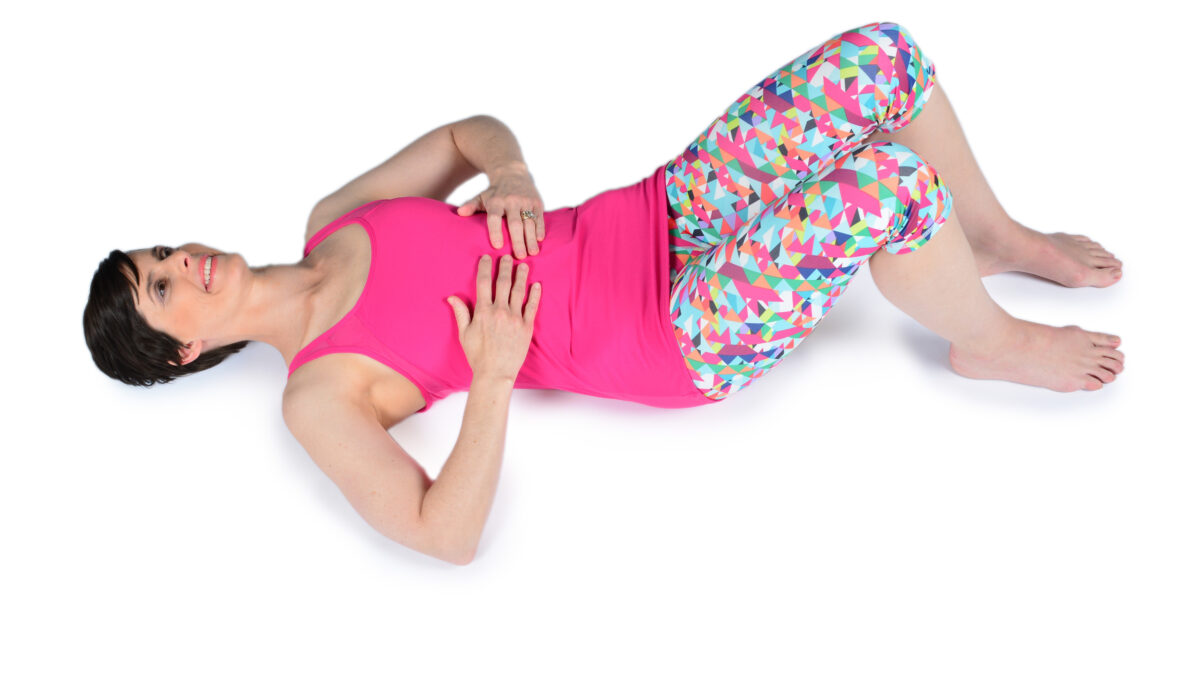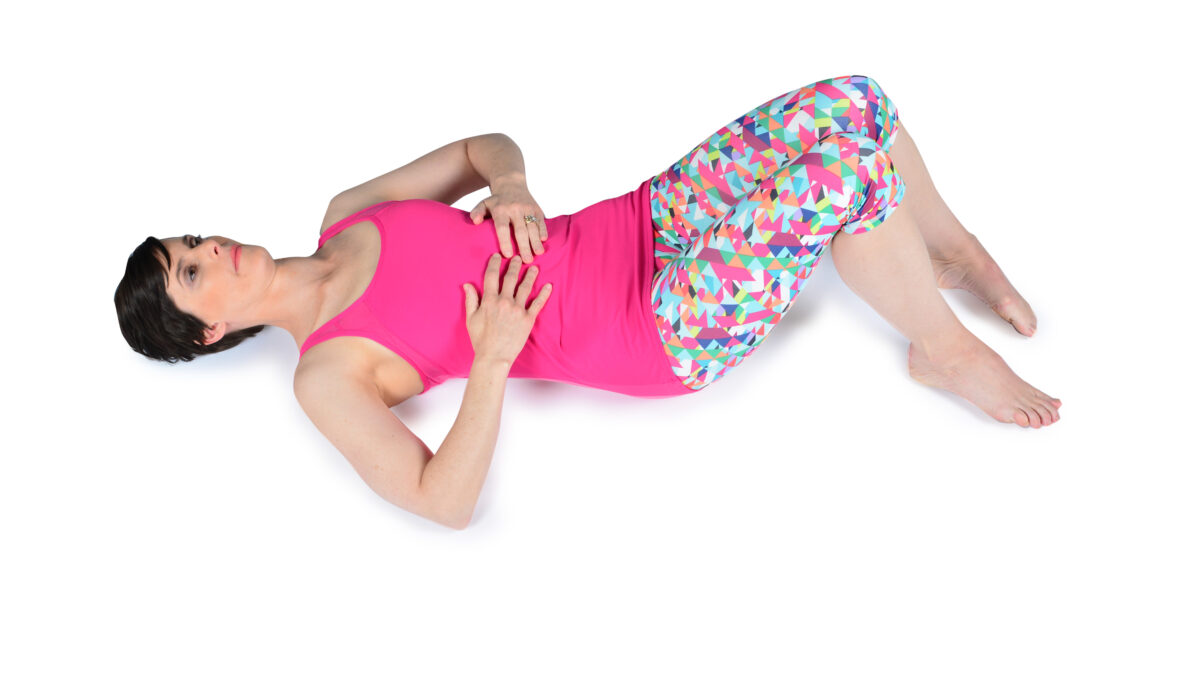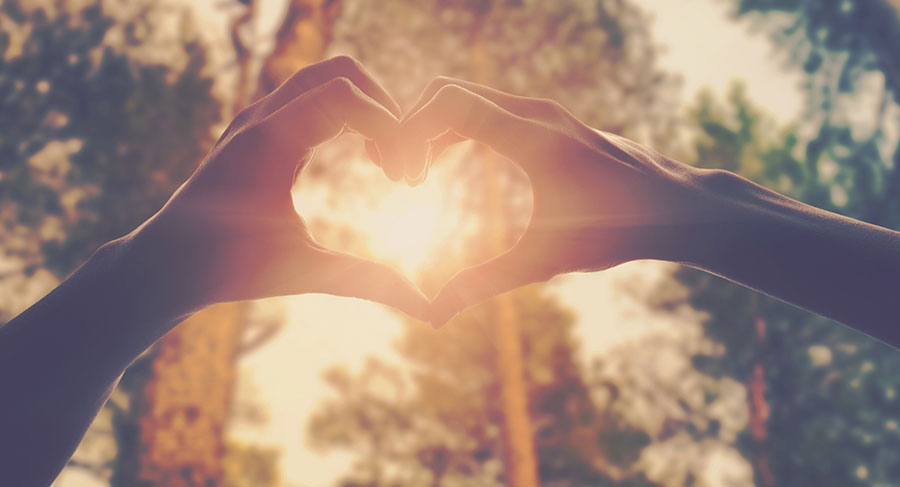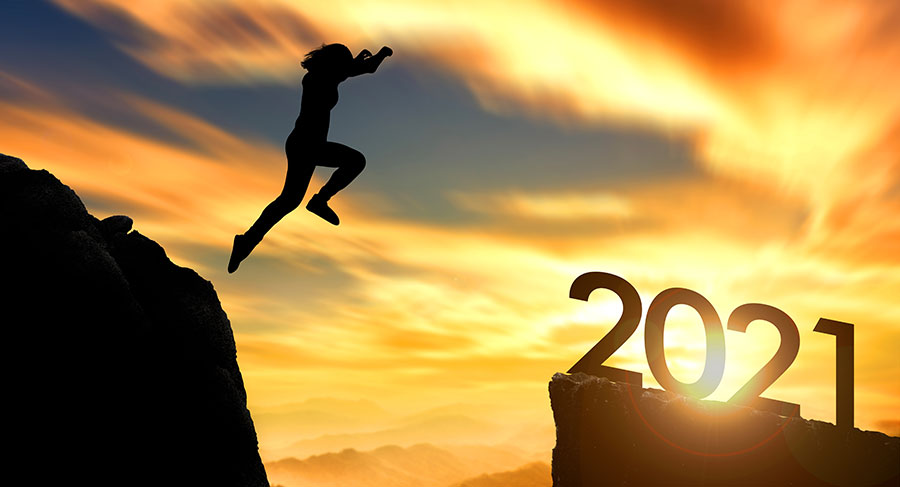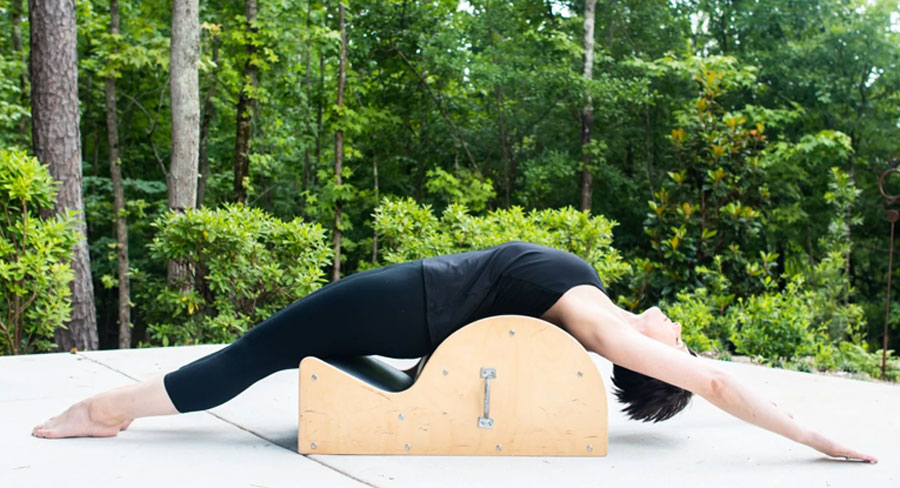- Mon - Fri
7.30 AM – 5.30 PM
Other hours upon request - 770-487-1931
ProHealth Physical Therapy and Pilates Studio Blog
October 18, 2024
Women’s health covers many topics, with some depending on her phase of life. Yet, despite a woman’s age, prioritizing her physical health directly impacts all areas […]
October 10, 2024
For many people, an average day can be enough to stress them out. You work all day at a job, then come home to even more […]
October 7, 2024
An essential part of your Pilates gear is your Pilates apparel. Choose well, and you’ll feel supported and comfortable, allowing you to focus on what you’re […]
September 30, 2024
For some people, running is a leisurely form of stress relief and exercise. For others it can be an obsession. Regardless of the intensity level, the […]
September 23, 2024
When establishing a running routine, think of the physical benefits. Improving cardiovascular health, having strong legs, and weight loss may be at the top of your […]
September 9, 2024
Is Pilates for runners? Whether going for a light job or training for a marathon, Pilates can bring muscular balance to the repetitive movement of running. […]
September 2, 2024
If your go-to exercise involves lacing your sneakers and pounding the pavement, your body may be craving cross-training. Running improves cardiovascular health, may reduce stress, and […]
August 30, 2024
Breathing. It is one thing none of us can do without. “It is the first act of life – we breathe,” said Dr. Karyn Staples, PT, […]
August 22, 2024
Local people have the opportunity to learn a great deal about how breathing correctly can improve their quality of life by attending “Power of Breath,” a […]
August 13, 2024
The Pilates method utilizes specific breathing patterns called lateral breathing. In this article, you’ll learn what lateral breathing is, how it is used in Pilates, and […]

